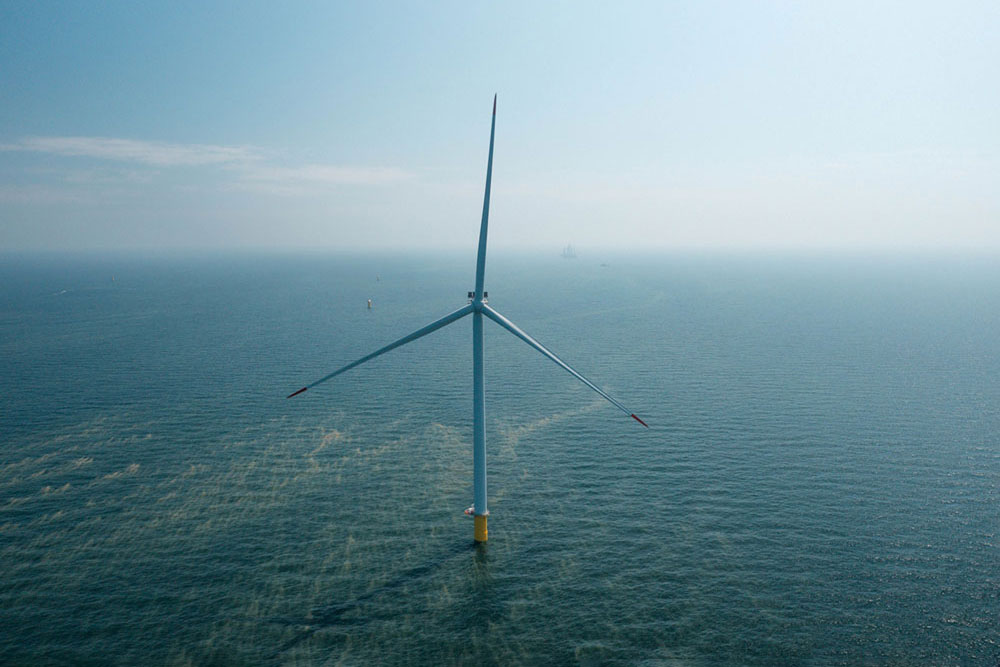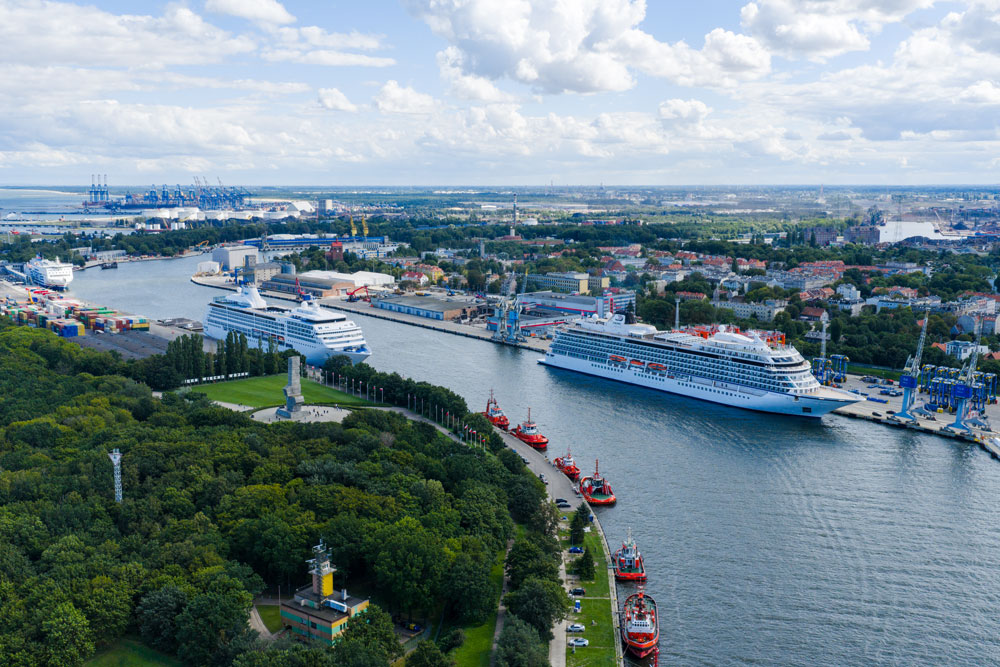The Thai container shipping company RCL (Regional Container Lines) is adding two more 14,000 TEU units to its newbuilding program. The newbuildings will be manufactured by Korea Shipbuilding & Offshore Engineering (KSOE).
According to KSOE, the order value for the duo is around $299 million. The units are scheduled for delivery by October 2028. RCL is thus further expanding its fleet in the size class for Far East traffic. To date, the shipping company has mainly concentrated on intra-Asian traffic with smaller units.
RCL fleet grows, earnings fall
While the order book is growing, the company recorded a decline in earnings in the third quarter of 2025. After five quarters of rising revenue, turnover fell by 14.3% to around USD 295 million in the period from July to September, compared to around $344 million in the same quarter of the previous year. The operating result fell to around $73 million, a drop of 40.3%. Profit after tax fell by 43.6% to around $66 million.
Average freight rate revenue amounted to around $13.6/TEU in the third quarter, compared to around $11.7/TEU in the previous quarter. In the third quarter of 2024, the average figure was still around $14.9/TEU.
For the year as a whole, however, RCL remains well above the previous year. In the first nine months, the company generated revenue of around $879 million (+10.3% compared to the same period of the previous year). The operating result amounted to around $214 million (+11.6%), while the consolidated result was around $197 million (+8.8%).
RCL ranks 21st in the global market
RCL is regarded as an intra-Asia specialist and is currently ranked 21st in the Alphaliner ranking of the world’s largest container lines with 35 ships and 103,700 TEU of capacity. Prior to the latest order, it also had a comparatively large order book of 64,000 TEU on 10 ships to date.
Regional Container Lines (RCL) was founded in 1979. The company started with its first feeder container ship between Bangkok and Singapore. The shipping company has been listed on the Thai stock exchange since 1988. Its geographical coverage includes Northeast Asia, Southeast Asia, the Indian subcontinent, South Asia, the Middle East, the Red Sea and East Africa.















